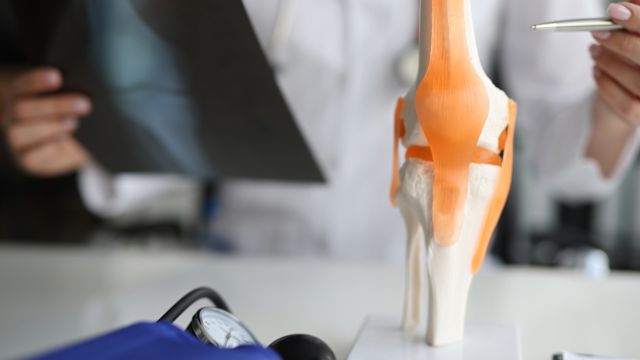Updated on October 1, 2024
Achondroplasia is a genetic disorder that affects the growth of the bones. Some common symptoms include short stature, shorter limb-to-torso proportion, larger head size, curved lower spine, and bowed legs. Achondroplasia may be diagnosed before birth or during early childhood.
As a parent or caregiver to a child living with achondroplasia, it helps to understand the basics of the condition. This includes how the bones grow and how achondroplasia affects the process of bone growth.
How do the bones grow?
The name “achondroplasia” is derived from a Greek word that translates to “without cartilage formation.” Cartilage refers to multiple types of connective tissue found throughout the body. The type of cartilage involved in the growth and development of bones is called hyaline cartilage.
During the early stages of fetal development, much of the skeleton is made up of hyaline cartilage. As fetal development continues, hyaline cartilage is converted into bony tissue through a process called endochondral ossification. “Endochondral” refers to a process where cartilage is converted into bone.
During childhood and adolescence, ossification continues in sections of bones called growth plates. Growth plates are layers of hyaline cartilage located at the ends of long bones. More hyaline cartilage is formed, more is converted into bone, and the bones grow in size. As a result, the limbs get longer and height increases.
Growth plates eventually “close,” becoming solid bone. The age at which this occurs varies from person to person and bone to bone, but the process of bone growth is typically complete by the time a person reaches age 20.
How does achondroplasia affect bone growth?
It’s important to keep in mind that all of the descriptions here are simplified. Endochondral ossification is a complex biological process. It is also a process that is carefully regulated by genes that control cell growth, division, and expiration.
One important factor in this process is FGFR3 (fibroblast growth factor receptor 3). This is a protein that helps regulate bone growth—it limits how much bones can grow. Achondroplasia is caused by a mutation to the gene that contains instructions for making this protein.
In people who have achondroplasia, the FGFR3 protein is overly active. As a result, hyaline cartilage is converted to bone at a faster rate, causing bones to be shorter.
Why does achondroplasia affect some bones and not others?
Not all bones are made in the same way. Most of the bones that form the skull, as well as flat bones like the ribs, are formed from a fibrous connective tissue called mesenchyme. In the formation of long bones (like the bones in the arms, legs, hands, and feet), mesenchyme becomes hyaline cartilage, which then becomes bone.
In other areas of the body the cartilage phase is skipped, and mesenchyme is converted directly to bony tissue. This involves a different type of ossification, called intramembranous ossification. Bones that are made from this process, such as most of the bones in the skull, are not affected by achondroplasia.
However, achondroplasia can affect the bones that form the base of the skull. This can lead to several serious neurological complications.
Treatment for achondroplasia
Until the past few years, the only treatments available for achondroplasia were supportive measures, such as surgery, monitoring for health problems, and addressing complications.
Medications to increase bone growth are an area of interest to medical researchers, since increasing bone growth may reduce the risk of complications for people who have achondroplasia.
A new medication to increase bone growth in children with achondroplasia became available in 2021. Other therapies are under development, and some may be available through clinical trials.




